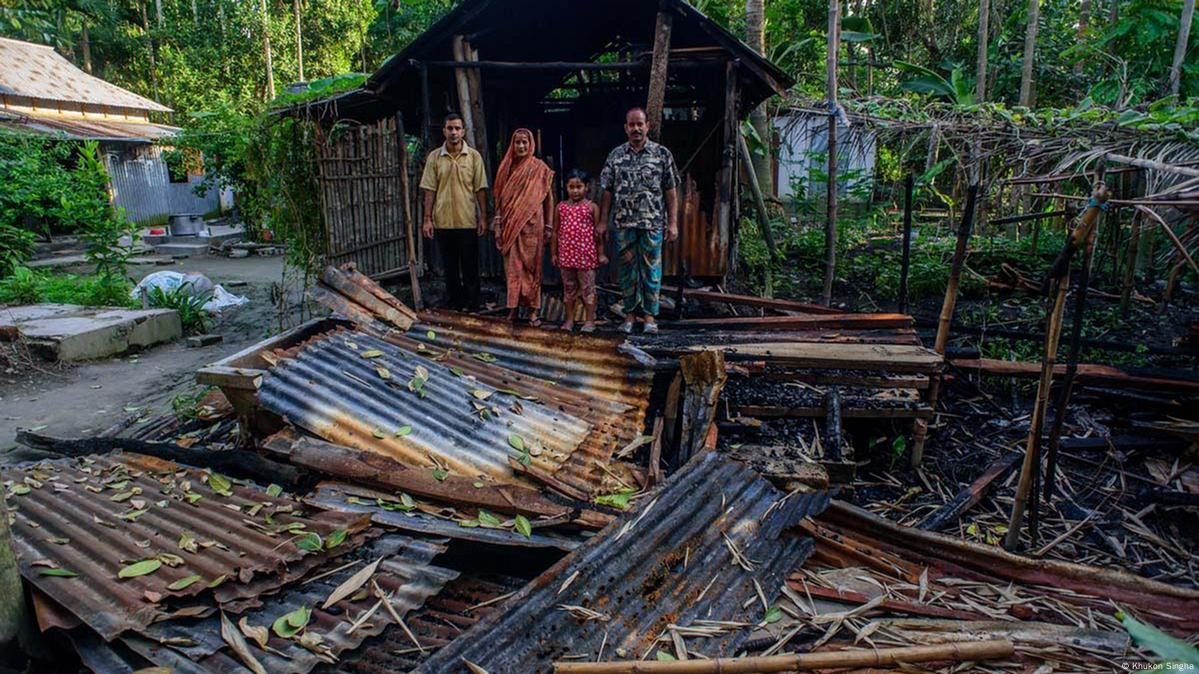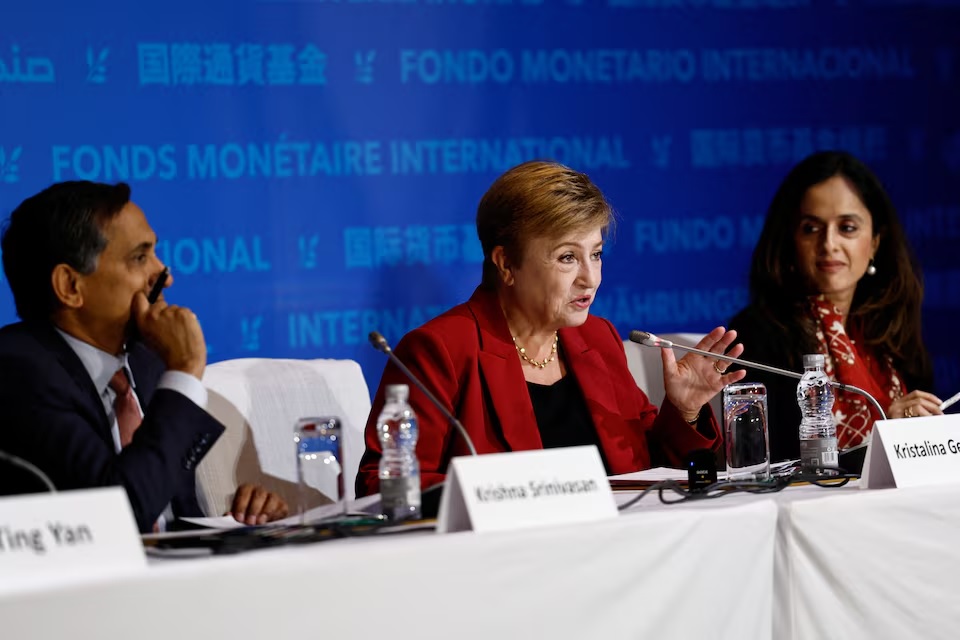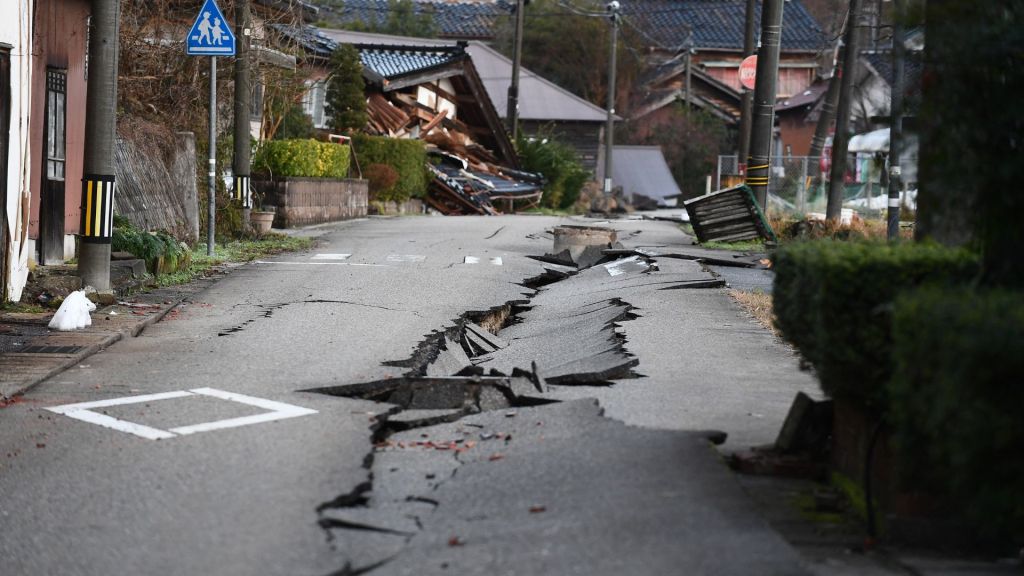Minority and Ethnic Persecution on the Rise in Bangladesh: MSF

Human rights watchdog Médecins Sans Frontières (MSF) has expressed deep concern over a sharp escalation in attacks on minorities, ethnic communities, and ordinary citizens in Bangladesh during September 2025. Drawing on its own findings and media reports, MSF states that the situation has worsened alarmingly, despite official assurances of protection during the Durga Puja celebrations.
Rising Fear Ahead of Durga Puja
Even during Durga Puja, the largest festival for the Hindu community, incidents of vandalism and attacks continued.
- The number of reported cases of minority persecution doubled — from 8 last month to 16 this month.
- Across 16 districts, 29 idols were vandalized, six were set ablaze, two temples were looted, and land-grabbing incidents were reported.
- In Satkhira, former Puja Celebration Committee leader Bijon Kumar Dey was found dead. In Barishal, the hanging body of a young Christian woman, Nancy Mondal, was recovered.

Attacks on Ethnic Minorities
Three major incidents of ethnic violence were reported this month by the victims:
- In Khagrachhari, an indigenous teenage girl was gang-raped. Allegations surfaced of police reluctance to file a case, delays in medical tests, and a weak charge sheet.
- Protests over the assault led to clashes between hill residents and Bengalis, leaving several injured. Authorities imposed Section 144 to curb unrest.
- On September 28, three young men — Bikash Tripura (26), Chingkheu Marma (26), and Uggya Marma (22) — were shot dead. Looting and arson followed in the same area, with witnesses blaming masked attackers.
Meanwhile, in Rajshahi’s Mollapara, an attempt to evict indigenous families was thwarted after civil society groups intervened.
Mob Violence Spirals Out of Control
MSF statistics reveal mob violence surged to alarming levels in September:
- Incidents recorded: 43
- Deaths: 24
- Seriously injured: 32
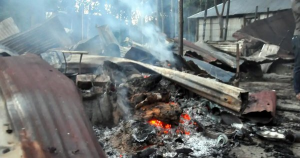
Breakdown of allegations leading to mob attacks:
- Mugging: 6 killed
- Theft: 10 killed, 13 injured
- Extortion: 3 killed
- Attempted rape: 4 assaulted
- Sexual harassment: 4 assaulted
- Alleged affiliation with banned political groups: 5 assaulted
Acts of public humiliation also surfaced. In Natore, three madrasa caretakers collecting donations were attacked, and their hair was forcibly cut in front of crowds.
“Mob violence is nothing short of extrajudicial killing,” MSF stated, urging authorities to criminalize it formally under state law.
Shrines and Cultural Sites Under Attack
Religious and cultural landmarks were not spared.
- At least 14 shrines in Sylhet, Cumilla, Rajbari, Rajshahi, Netrokona, and Mymensingh were vandalized or set on fire.
- In Kushtia, the shrine of spiritual icon Lalon Fakir received direct threats.
- In Goalanda, Rajbari, an attack on a Darbar Sharif left 50 injured and one person dead.
- A viral video showed a man, Halim Uddin Fakir, having his hair forcibly cut in public.
MSF warned that such attacks go beyond mere religious persecution, striking at Bangladesh’s cultural heritage and traditions. It called on the interim government to take lasting measures to safeguard shrines and the Lalon legacy.
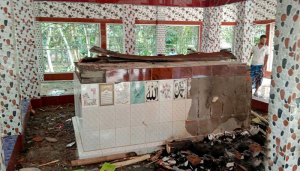
The Bigger Picture
- Religious minority persecution: idol vandalism, arson, land grabs, and killings
- Ethnic minority persecution: rape, protest deaths, eviction attempts
- Mob violence: 43 incidents, 24 dead
- Shrine and cultural site attacks: at least 14 cases
MSF concluded that the overall picture in September 2025 is “extremely alarming.” It urged the government to act decisively to ensure the security of minority and ethnic communities and to dismantle the culture of impunity that fuels these abuses.


